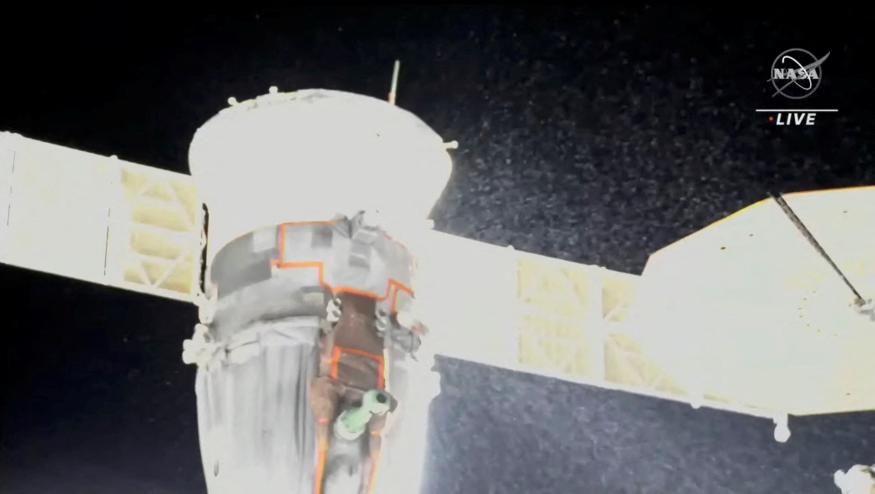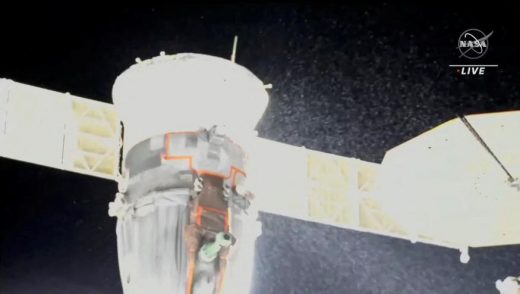Russia targets February 24th for Soyuz MS-22 crew rescue launch
Russia will send a ‘rescue’ spacecraft to the ISS following leak
Russia is prepping a ‘rescue’ mission following a coolant leak on a Soyuz capsule docked with the International Space Station. NASA said in a media briefing that Russia’s Roscosmos agency will send an empty Soyuz to the station on February 20th as a replacement for the damaged spacecraft. The vehicle was originally supposed to launch in March.
The leaking capsule is expected to return to Earth without a crew sometime in March. It will still carry experiments and other cargo. Cosmonauts Dmitriy Petelin and Sergey Prokopyev, as well as NASA astronaut Frank Rubio, will now remain in orbit for several months longer rather than departing in March as planned.
The affected craft started spraying particles December 14th. The ISS team quickly noticed that an external radiator cooling loop was to blame, and investigators later determined that a micrometeoroid struck the radiator. Roscosmos soon decided the Soyuz was too dangerous to use for a standard crew return. Temperatures would have climbed past 100F on reentry, threatening both occupants and computer equipment. An in-space repair would be impractical as the procedure would be too difficult, according to the agency’s Sergei Krikalev.
The ISS crew is still prepared to use the broken Soyuz to evacuate in an emergency. However, that’s not ideal when three of the seven people aboard the ISS would likely have to accept elevated risks to come home. A SpaceX Crew Dragon capsule is also docked, but it normally only takes four occupants. NASA’s ISS program head Joel Montalbano said at the briefing that there had been talks with SpaceX to see if one of the Soyuz passengers could travel aboard the Crew Dragon if necessary.
Relations between NASA and Roscomos are strained following Russia’s invasion of Ukraine. Russia said last summer that it would leave the ISS after 2024 to work on its own space station, and the US has been preparing for a possible Russian withdrawal since 2021. However, the capsule leak has effectively forced the two to work closely together — if only briefly.

(20)



